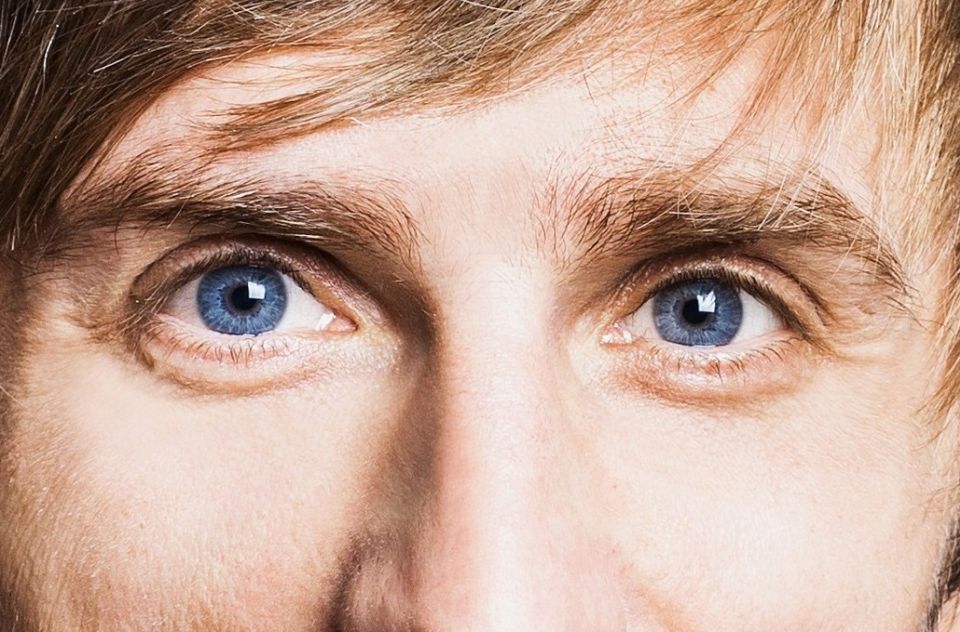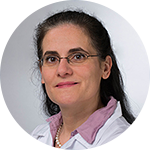-
Mirror of the heart
-
A team of cardiologists at University Hospital Zurich is looking into a novel, non-invasive diagnostic method for determining an individual’s risk of cardiovascular disease. It uses the blood vessels in the retina.
-
 “Look into my eyes.”
“Look into my eyes.”The eyes aren’t just the proverbial mirror of the soul. They can also tell us a lot about the state of the blood vessels. “The eyeground is the only place where you can see arteries and veins in the body without a surgical procedure,” explains Senior Attending Physician Andreas Flammer. He has joined forces at the University Cardiology Center at University Hospital Zurich with Attending Physician Isabella Sudano and Department of Cardiology Director Frank Ruschitzka to research a novel method for diagnosing cardiovascular disease.
“By looking at the retina we can see whether the blood vessels are healthy, and whether the patient is at risk of, or already has, a cardiovascular condition,” explains Isabella Sudano. They use a special camera to measure the diameter of the micro-blood vessels in the retina. In addition, they use a so-called luminance flicker test to check the function of the retinal vessels; if they’re healthy, the diameter increases in response to the flicker.
This novel diagnostic method is currently being evaluated in a long-term trial – the only one of its kind in the world – supported by a gift to the USZ Foundation from the Georg and Bertha Schwyzer-Winiker Foundation. If the study confirms the positive results so far, the method could be used primarily in outpatient consultations. In the future it would augment the proven method of measuring blood vessel function by ultrasound for major arteries and the measurement of blood vessel elasticity in the upper arm. The cardiologists hope that this way it will be possible to gauge individuals’ risk of cardiovascular disease even more easily and reliably, and provide even more personalized therapy for their patients.
This is important, because blood vessel function can vary considerably from person to person even if they have similarly high cholesterol and blood pressure readings. Genetics and lifestyle also come into play. “So we have to treat certain patients earlier or differently than others,” says Isabella Sudano.
100% financed

-
-
Project management
-
-

Prof. Dr. Frank Ruschitzka
Director of the Department of Cardiology
University Cardiology Center
University Hospital Zurich -

Prof. Dr. Isabella Sudano
Attending Physician
University Cardiology Center
University Hospital Zurich -

Prof. Dr. Andreas Flammer
Head of Cardiac Insufficiency
University Cardiology Center
University Hospital Zurich
-
-
Supporting partner
-
-
Georg and Bertha Schwyzer-Winiker Foundation
